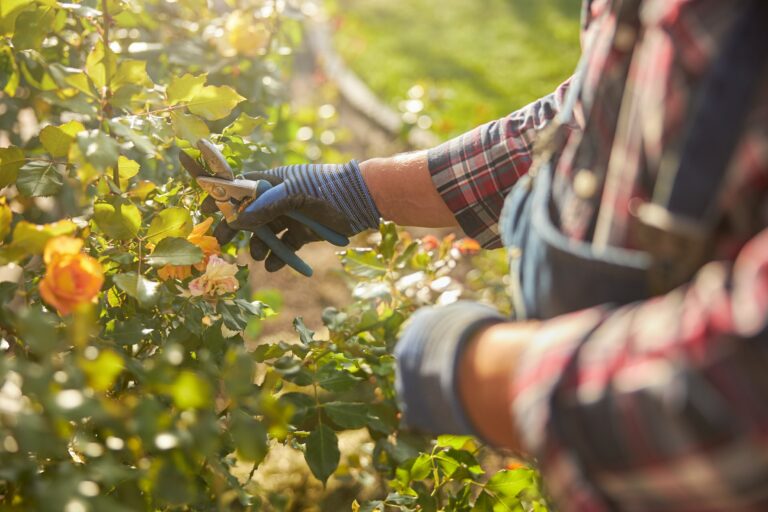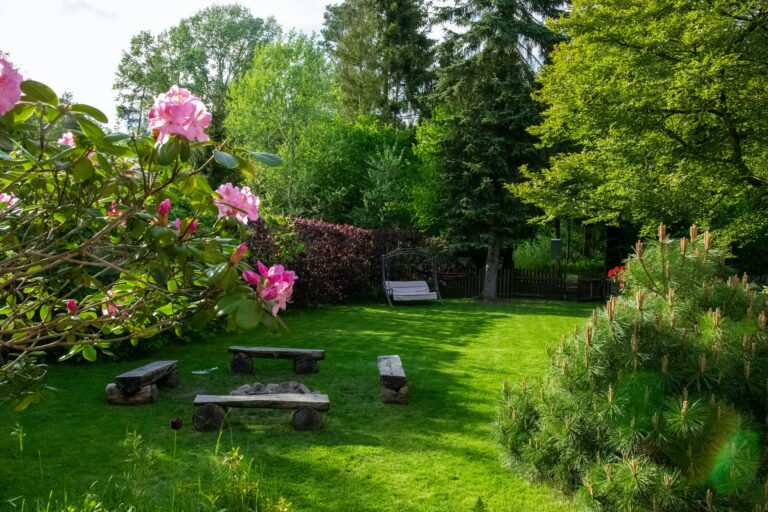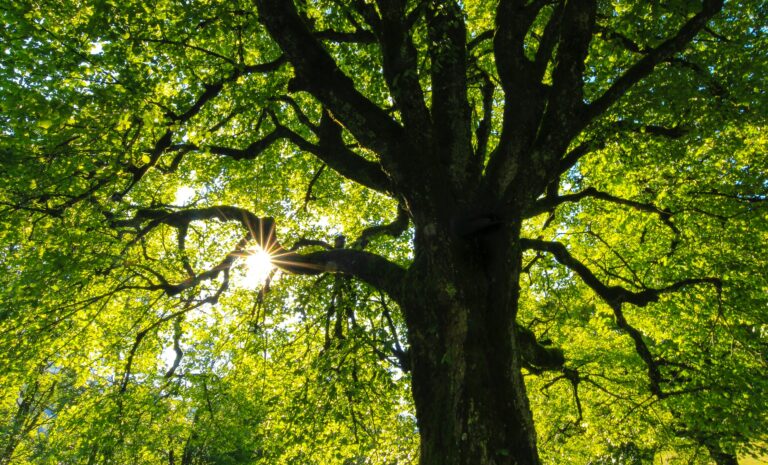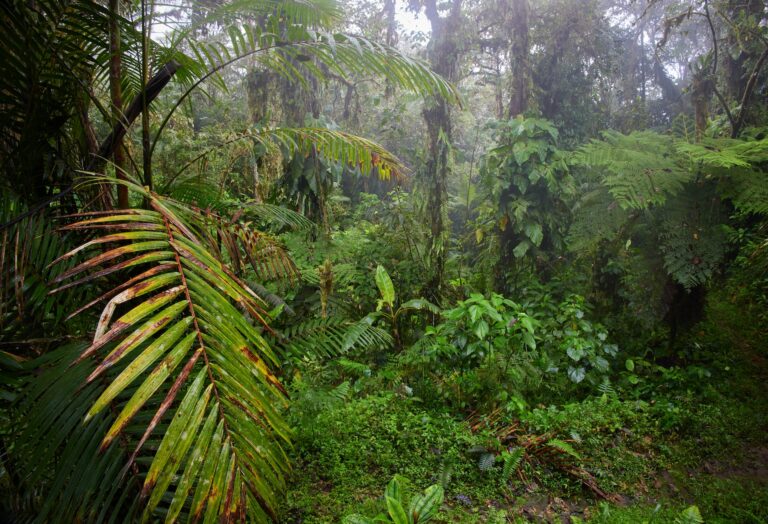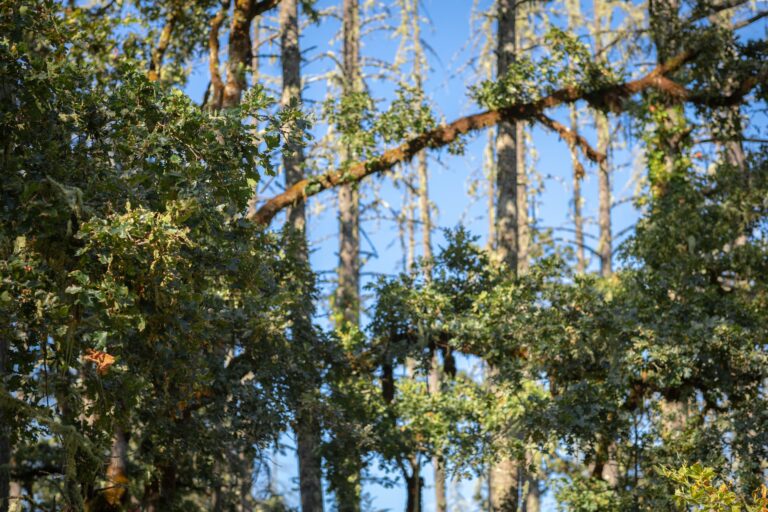Tree Cabling and Bracing: How It Preserves Trees and Protects Property
Trees add beauty, shade, and value to your Rock Hill, South Carolina property, but occasionally, maintaining their health, safety, and structural integrity can be a challenge. When a tree exhibits signs of instability, whether due to weak branch unions, co-dominant stems, or storm damage, tree cabling and bracing can be a viable solution to protect and preserve both the tree and your property.
Tree cabling and bracing is an advanced arboriculture technique that involves installing steel cables and braces to reinforce a tree’s weak or damaged structure. This preventative measure provides much-needed support for vulnerable trees and can mitigate potential hazards to your property and the surrounding landscape.
In this article, we will delve into the art and science of tree cabling and bracing to help you understand its purposes, benefits, and implementation process. We will provide guidance on recognizing situations where cabling and bracing may be necessary, selecting proper materials and hardware, and ensuring correct installation techniques. Moreover, we’ll discuss ongoing maintenance requirements and expectations for tree health and structural integrity following cabling and bracing.
1. Identifying Trees in Need of Cabling and Bracing
The first step in addressing structural issues with tree cabling and bracing is to recognize when a tree may need additional support. Here are some common situations that may warrant intervention:
– Co-dominant stems: Trees with two or more competing main stems or leaders can be prone to splitting, especially during severe weather conditions.
– Weak branch unions: Trees with weakly attached branches are more susceptible to breakage or splitting, posing a hazard to your property.
– Storm-damaged trees: Trees that have incurred damage from storms or high winds may need supplemental support to help maintain their integrity and health.
– Mature trees with extensive canopies: Large trees with significant sprawling branches may benefit from cabling and bracing to reduce the risk of limb failure.
When in doubt, consult a certified arborist to assess your tree’s structural needs and determine if cabling and bracing are necessary.
2. Selecting Proper Materials and Hardware
Tree cabling and bracing systems utilize high-quality materials and hardware designed for durability and longevity while minimizing stress on the tree. Commonly used materials include steel cables, rigid rods, and brackets.
Cables are made from steel strands designed to provide flexible support and reduce stress on weak or damaged branches. They are anchored either directly to the tree’s trunk or to healthy, load-bearing branches.
Rods, or braces, are rigid steel supports used to provide additional strength and stability to the tree’s structure. They are installed through the trunk or across a crotch where two limbs meet.
Consult a certified arborist to ensure that you select the appropriate materials and hardware for your specific cabling and bracing system.
3. Ensuring Correct Installation Techniques
Proper installation of tree cabling and bracing systems is critical for ensuring the safety and health of both the tree and your property. Some essential considerations include:
– Placement of anchors: Anchors must be attached to structurally sound branches or the trunk to avoid causing damage.
– Cabling method: The type of cabling system employed (e.g., single cable, double cable, or box cabling) should be tailored to the tree’s specific needs and risk factors.
– Avoiding damage: Drilling holes to install braces should be done carefully to avoid causing excessive damage to the tree’s tissue and creating entry points for disease and pests.
Working with a certified arborist ensures that tree cabling and bracing systems are installed correctly and optimized for safety and effectiveness.
4. Ongoing Maintenance and Tree Health
Once a tree cabling and bracing system has been installed, ongoing maintenance and monitoring are essential to ensure the continued health and safety of your tree. Keep these factors in mind:
– Regular inspections: Have a certified arborist inspect the cabling and bracing system annually to ensure that it remains functional, effective, and secure.
– Hardware adjustments: As your tree continues to grow, adjustments may need to be made to the cabling and bracing hardware to accommodate changes in size, weight, and tension.
– Continued tree care: Don’t neglect routine tree care and pruning, even if the cabling and bracing system seems to be functioning well. Regular maintenance is crucial for maintaining overall tree health and minimizing any risk to your property.
By staying proactive and diligent about ongoing tree care and maintenance, you can ensure the longevity and success of your tree cabling and bracing system.
Preserve Your Trees, Protect Your Property
Tree cabling and bracing is an invaluable technique to safeguard your trees while protecting your Rock Hill, South Carolina property from potential hazards. By investing in this specialized tree care service, you are not only contributing to the safety of your property but also preserving and supporting the trees that grace your landscape.
Remember the importance of identifying trees that require cabling and bracing, selecting proper materials and hardware, ensuring correct installation techniques, and staying diligent about ongoing maintenance and tree health. Consult with the professional arborists in Rock Hill, SC, from Niwaki Tree Services to ensure your trees receive the professional care and support they need to continue thriving and adding value to your property.


